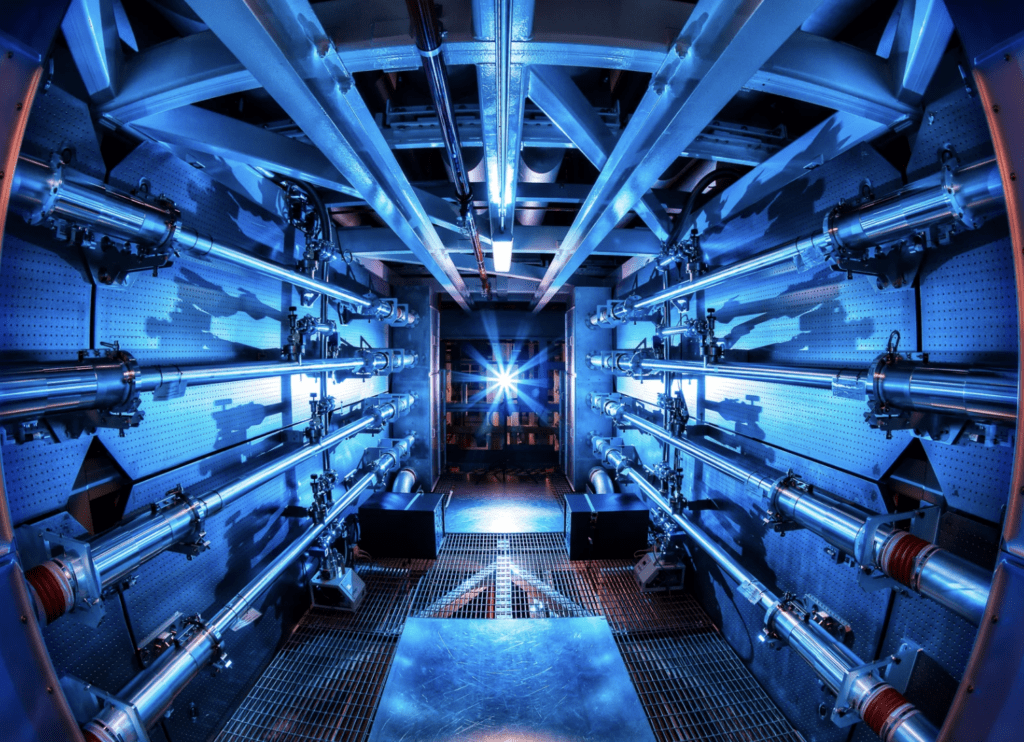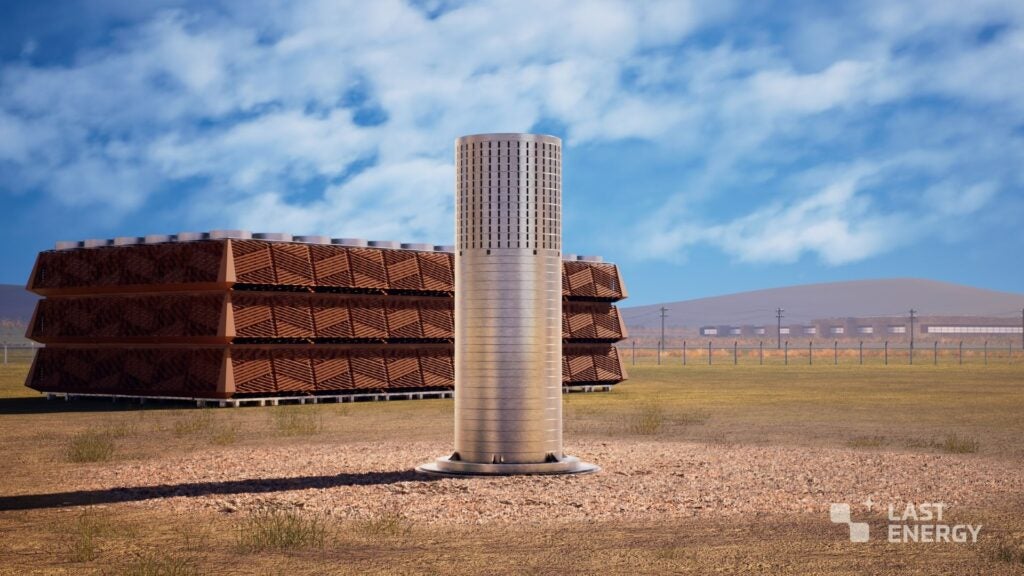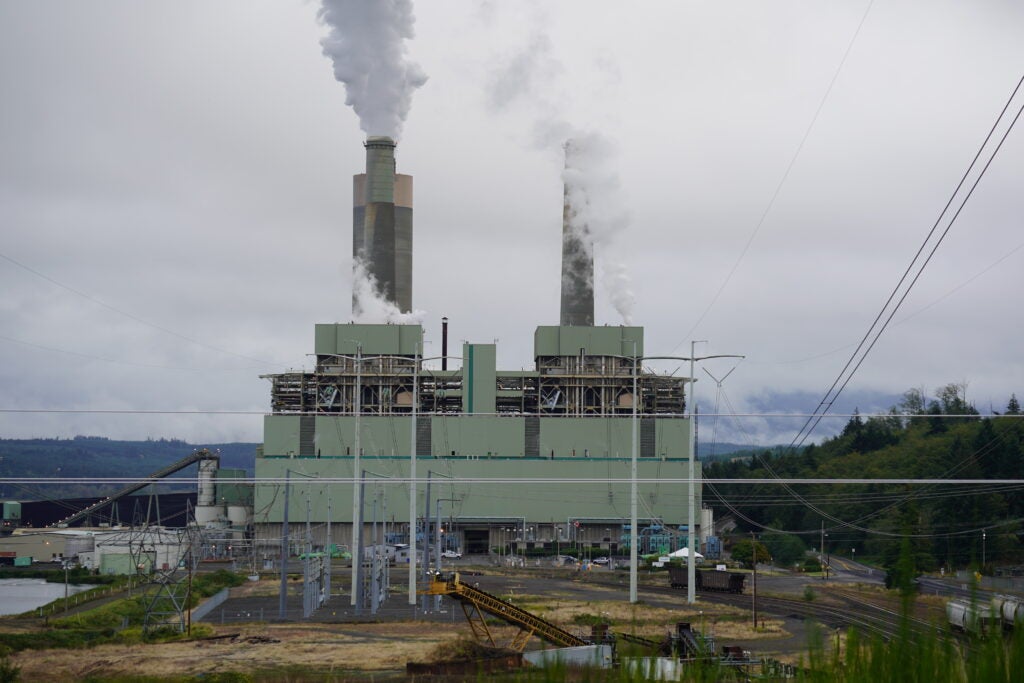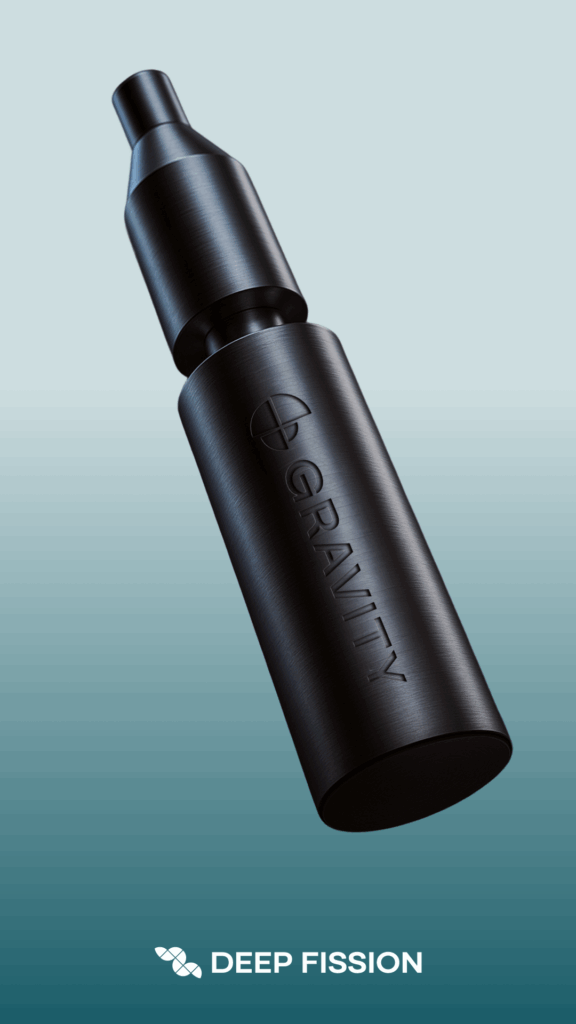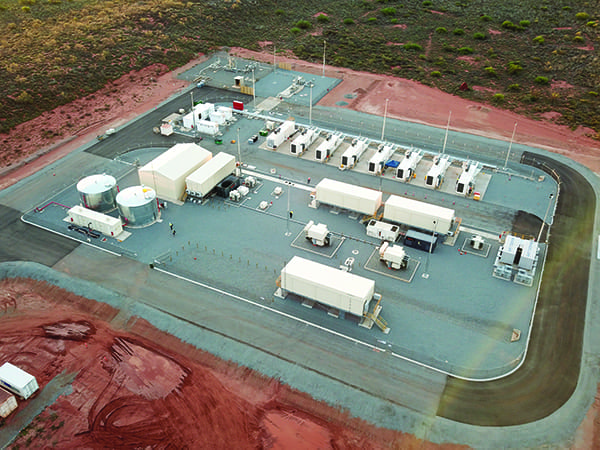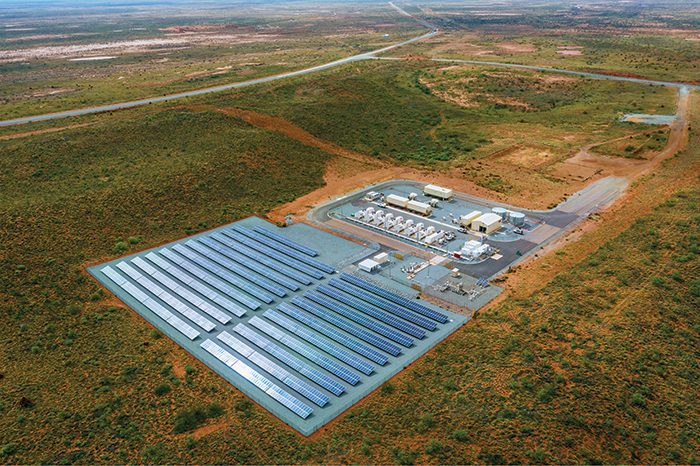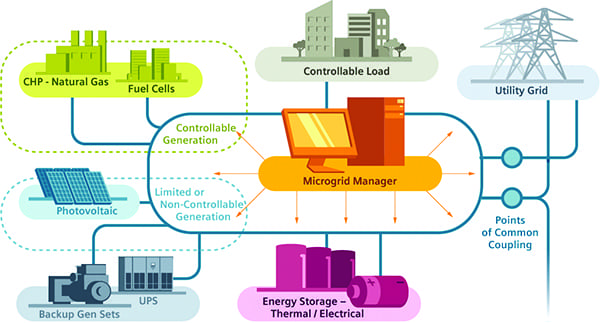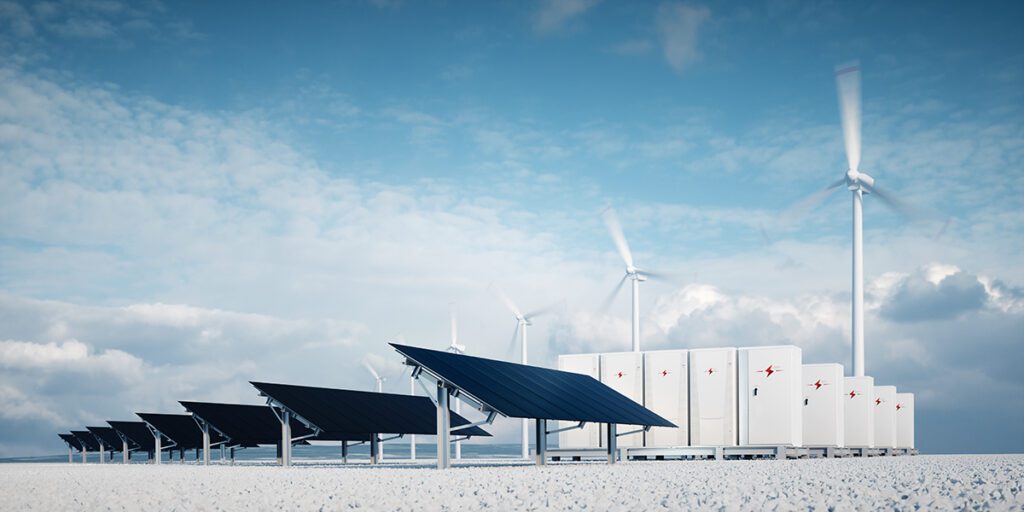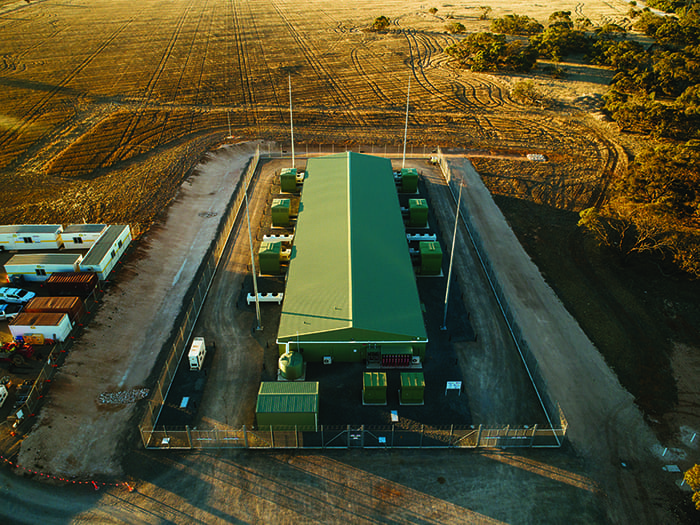A new distributed energy resources management system (DERMS) is being deployed in Western Australia, designed to manage distributed energy resources (DERs) across nearly 1 million square miles, with a focus on efficiency and reliability. PXiSE Energy Solutions, a subsidiary of Sempra Energy and Mitsui & Co., in December announced it was selected by Australia’s Horizon Power to provide the platform for the system, which features PXiSE’s Active Control Technology (ACT) (Figure 1).
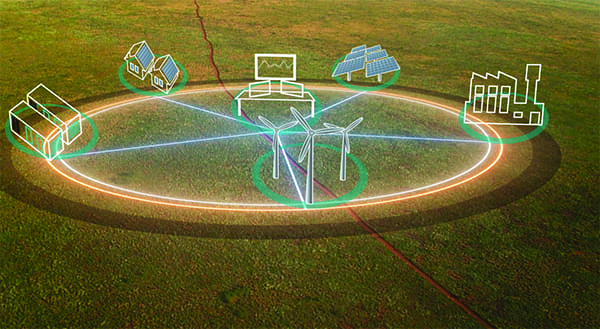 |
|
1. PSiXE’s Active Control Technology (ACT) system will provide Australia’s Horizon Power with continuous, high-resolution visibility into the operations of solar panels, batteries, and generators. The ACT system, as part of PSiXE’s platform, is designed to automatically respond to conditions on the transmission grid to balance any intermittency. Courtesy: Horizon Power |
The system will provide Horizon Power, which has said it wants to be “the world’s best microgrid company,” with continuous, high-resolution visibility into the operations of solar panels, batteries, and generators, as more of Horizon’s customers install solar power and energy storage systems. It’s part of a continued push in Australia for increased use of renewable power, as lawmakers establish Renewable Energy Zones across the country to include not only solar and wind power but also battery storage, geothermal, and pumped hydro. The PXiSE platform is designed to automatically respond to conditions on the transmission grid, discharging power stored in batteries to balance any intermittency and ensure a smooth, two-way flow of electricity.
Patrick Lee, president of PSiXE and vice president of Infrastructure and Technology at Sempra Infrastructure, in an interview with POWER said, “We believe that our technology can help [users] transition from highly fossil-based power generation to highly renewable-based, in a cost-effective way.” Lee said the system can be used with islanded microgrids, “even large, complex islands. We’re helping solve the challenge of not being able to integrate more renewables to the grid. In many cases, the control system in place is not very intelligent. It hits a limit as to how much intermittent renewables it can handle. With [ACT], you have a control system, with a different accuracy level, a different kind of control. It’s a different kind of enablement.” Terry Mohn, general manager of Advanced Microgrid Developments for Horizon Power, said, “With increasing customer demand for behind-the-meter energy resources, we will need innovative technology to enable us to efficiently manage the resources while maintaining our highest safety and reliability standards. PXiSE’s flexible and comprehensive DERMS solution was selected because it offers innovative new technology for Western Australia that will serve as a platform to increase renewable capacity.”
The PXiSE ACT platform runs on a standard Windows platform with imbedded OSIsoft software and synchro-phasor data to enhance, analyze, and respond to grid data from numerous power resources. It offers continuous higher-resolution visibility and uses artificial intelligence to balance a mix of renewable energy, storage, and traditional generation on the electrical grid. Lee told POWER that the Western Australia project is an example of how DERMS technology continues to increase in scale. “In the past, we would work on microgrids, [integrating] five to 10 DERs. Over time we have worked our way up to large solar farms. Now we have to organize the DERs and microgrids into a virtual power plant [VPP],” he said.
PXiSE’s technology already is deployed in microgrids at Sempra Energy’s headquarters in San Diego, Calif.; at a winery in Sonoma County, Calif.; and at the Auwahi Wind project in Hawaii. Lee said the Australia system “is not a common type of project,” but is particularly well-suited for Australia. “You have lots of communities, and some of them are beginning to tie together, isolated as a VPP or microgrid. You have to have a system that has enough intelligence to enable a transition between systems. Real-time control and feedback that has 60 times-per-second control. In most cases, we can do this [level of] control to balance the system. You have to have some ability to do real-time balancing.” Lee said utilities may schedule power deployment, “but they have no ability over whether that schedule actually happens. Real-time control enables us to have control over how the system changes.”
Australia’s Department of Defense (DOD) also is looking at deploying DERMS technology at some of its facilities, in an effort to move away from fossil fuel-based power generation. The DOD in December said it wants to utilize battery storage at a communications facility in the Northern Territory near Hart Range, northeast of Alice Springs. It would be part of a major upgrade project at the base. The DOD in a tender wants to look at proposals to build a solar photovoltaic system of 1 MW to 1.5 MW in size to supply the Jindalee Transmitting Site, which is home to the Jindalee Operational Radar Network. The network detects and tracks air and sea targets. The site is currently undergoing $1.2 billion in improvements.
The DOD’s tender calls for “a hybrid energy system combining the existing diesel power station, a battery energy storage system, metering and ultra-capacitors to deliver ‘considerable power quality’ and manage a range of technical issues, including transient loads.” The tender says the project’s primary objective “is to reduce the reliance on fossil fuels for the site’s energy needs.” The DOD has said it wants to improve energy security at its bases by generating renewable power onsite, reducing fuel costs and greenhouse gas emissions, and increasing the agency’s experience with large-scale development of renewable energy.
—Darrell Proctor is a POWER associate editor (@DarrellProctor1, @POWERmagazine).


